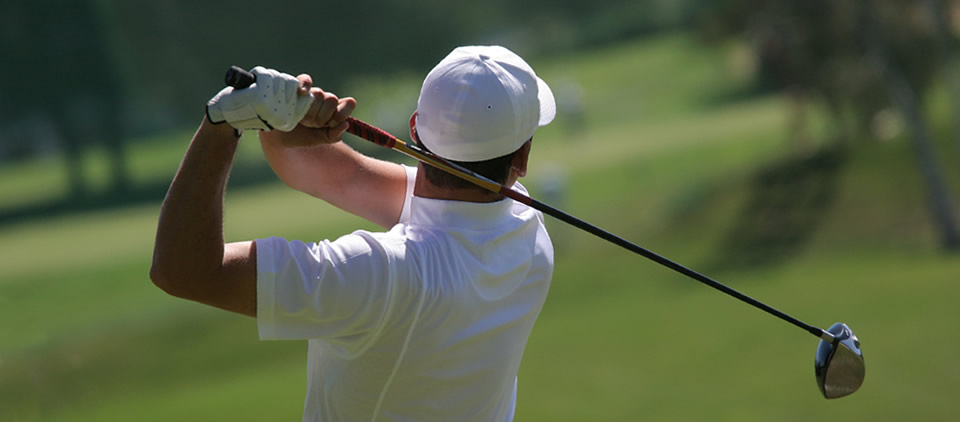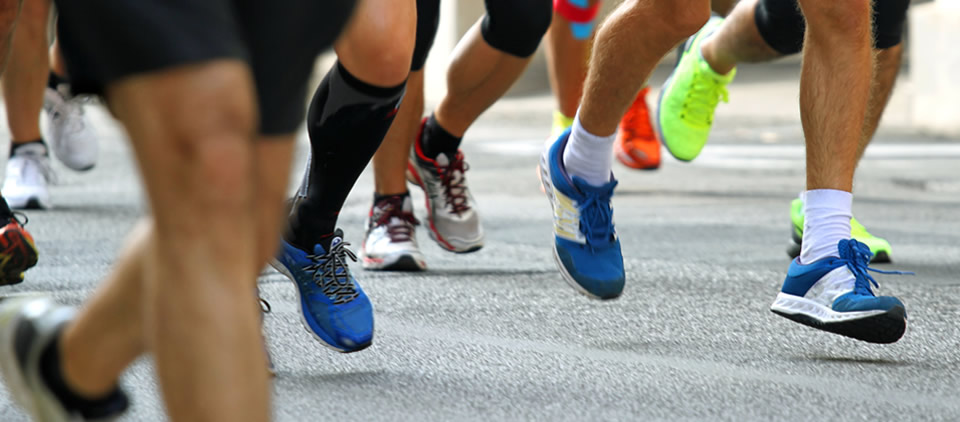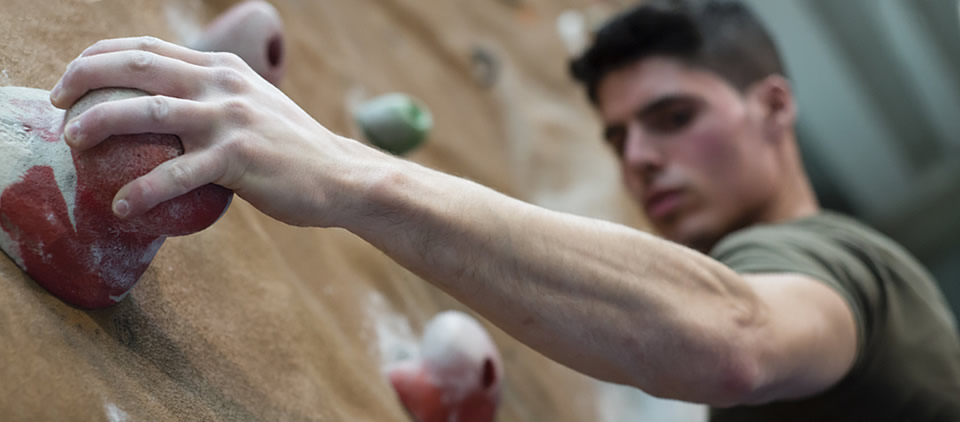Patella Dislocation
Anatomy and background
The patella is a unique bone in the body.
It is actually a sesamoid bone (the largest in the body) which is a bone that has formed and is embedded within a tendon sheath.
In this case it lies within the extensor apparatus of the knee formed by the quadriceps tendon above the kneecap and the patella tendon below the kneecap.
The underside of the knee cap is lined with articular cartilage which allows it to glide friction free over the trochlea of the femur. The knee cap is part of the patellofemoral joint of the knee.
The knee cap (patella) is provided stability by a number of structures
Bone shape - the patella and its reciprocating femoral surface must have compatible shapes
Ligaments - the patella is stabilised by a strong ligament connected to the femur (MPFL - medial patellofemoral ligament). The lateral retinaculum on the outer aspect of the patella also balances the patella against the medial restraints.
Patella height - the position of the patella relative to the tibia must be proportional
Limb alignment - the patella has an optimal position in the overall alignment of the lower limb. It must have a stable relative position to the femur and a stable relative position to the tibia.
Patella dislocation may be acute or chronic (habitual)
In acute patella dislocation the MPFL may be sprained (stretched but still intact) or may be torn completely. The tear is often from the bony insertion onto the patella.
In chronic, recurrent patella dislocation the alignment or shape of the patella/ trochlea are the more likely underlying cause of the recurrent dislocation.
Signs and symptoms
In cases of acute patella dislocation the patient will often be aware of a sensation or visibly see the kneecap dislocate laterally. In the majority of cases the patella will relocate spontaneously.
In cases of chronic, recurrent patella dislocation the patient will be aware of the patella feeling vulnerable and prone to subluxing (moving more than it should but not dislocating) or indeed dislocating with certain positions of the knee or certain activities.
Diagnosis
A full clinical history and examination will be performed.
In the examination an appreciation of the overall limb alignment can be assessed.
The patella is assessed for its glide (movement of the patella relative to the femur medially and laterally- split into quadrants). A patella apprehension test will recreate the feeling of instability in the patella.
Radiographs are performed, including an overall limb alignment film and a skyline view of the patella.
The alignment view is important to assess for values alignment of the knee.
The skyline view assess the shape of the trochlea and patella, the tilt of the patella, the resting position of the patella (this view may exhibit the patella sitting more lateral than expected) and also can identify any signs of osteoarthritis.
In cases of acute dislocation the skyline view also ensures there are no large fragments of bone with overlying cartilage which have broken free (osteochondral injury).
The lateral view of the knee can be used to assess the height of the patella.
A ratio of the patella length against the length of the patella tendon can be used to help determine if the patella is sitting higher than normal (patella alta) which is a risk factor for recurrent dislocation.
An MRI scan is often performed and will identify bone bruising consistent with a patella dislocation, the integrity of the MPFL, and the presence of any cartilage injury.
In chronic, recurrent dislocation the MRI will identify the shape of the patella and trochlea and can also be used to measure the TTTG (tibial tuberosity - trochlea groove distance) and patella height.


